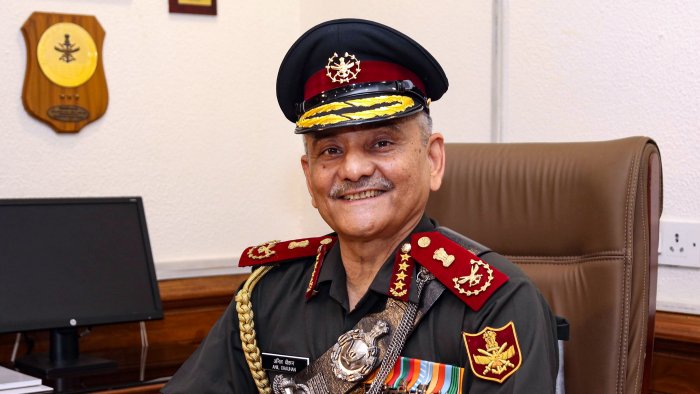Gen. Anil Chauhan, Chief of Defence Staff, said that India needs to work on expanding its navigation with the Indian Constellation (NavIC) line of satellites, providing space-based Intelligence Surveillance and Reconnaissance (ISR), and making sure that satellite-assisted communications are safe.
India’s highest-ranking military general spoke at the “Indian DefSpace Symposium 2023,” which was put on by the Indian Space Association and the Defence Research and Development Organization. (DRDO).
Lt. Gen. AK Bhatt (Ret. ), Director General of the Indian Space Association, spoke at the event. He said, “The symposium will pave the way for how we use international cooperation in space in the future, as well as the policy and strategy for building an overall comprehensive defense space strategy.”
At the event, which was meant to make it easier for India’s Space and Defense sectors to work together, Gen. Chauhan stressed the need to create systems that can be used for both civilian and military purposes, with a focus on using cutting-edge technology.
He talked about what was expected from the Indian space sector and said that India needed to work on making satellites smaller, making launch vehicles that can be used more than once, and other cost-effective ideas. He also said that India needs counter-space weapons to protect its space assets.(anti-satellite weapons).
At the moment, India’s NavIC line of navigation satellites cover all of India’s landmass and up to 1500 km beyond India’s borders. WION has learned that the Indian Space Research Organization (ISRO) is expected to send up a GSLV rocket in May with the next-generation NavIC satellite “NVS-01.”
This will be the first in a line of NaVIC satellites that use the L1 frequency band, which will make things safer. Even though India has more than 50 satellites in space around the earth that do different things, most of them are big and expensive.
India needs to focus on making low-cost, high-performance nanosatellites that can be built and put into use quickly. India has four types of launch vehicles that range in size and how much they can carry, but they are all disposable. India is working on rockets that can be used more than once.
Dr. Samir V. Kamat, Chairman of the Defence Research and Development Organisation (DRDO), spoke at the event. He talked about how the world’s best defense lab is putting more effort into space-based monitoring, space situational awareness, and protecting space-based assets.
“Now, we want to work closely with both industry and academia right from the beginning of the development process. We have set up DRDO industry-academia Centers of excellence in about 15 institutions, most of which are in the country.” We want universities, startups, small and medium-sized businesses (SMBs), and bigger companies to work closely with us so we can help our country get these capabilities much faster than we have been able to do for other systems, he said.
